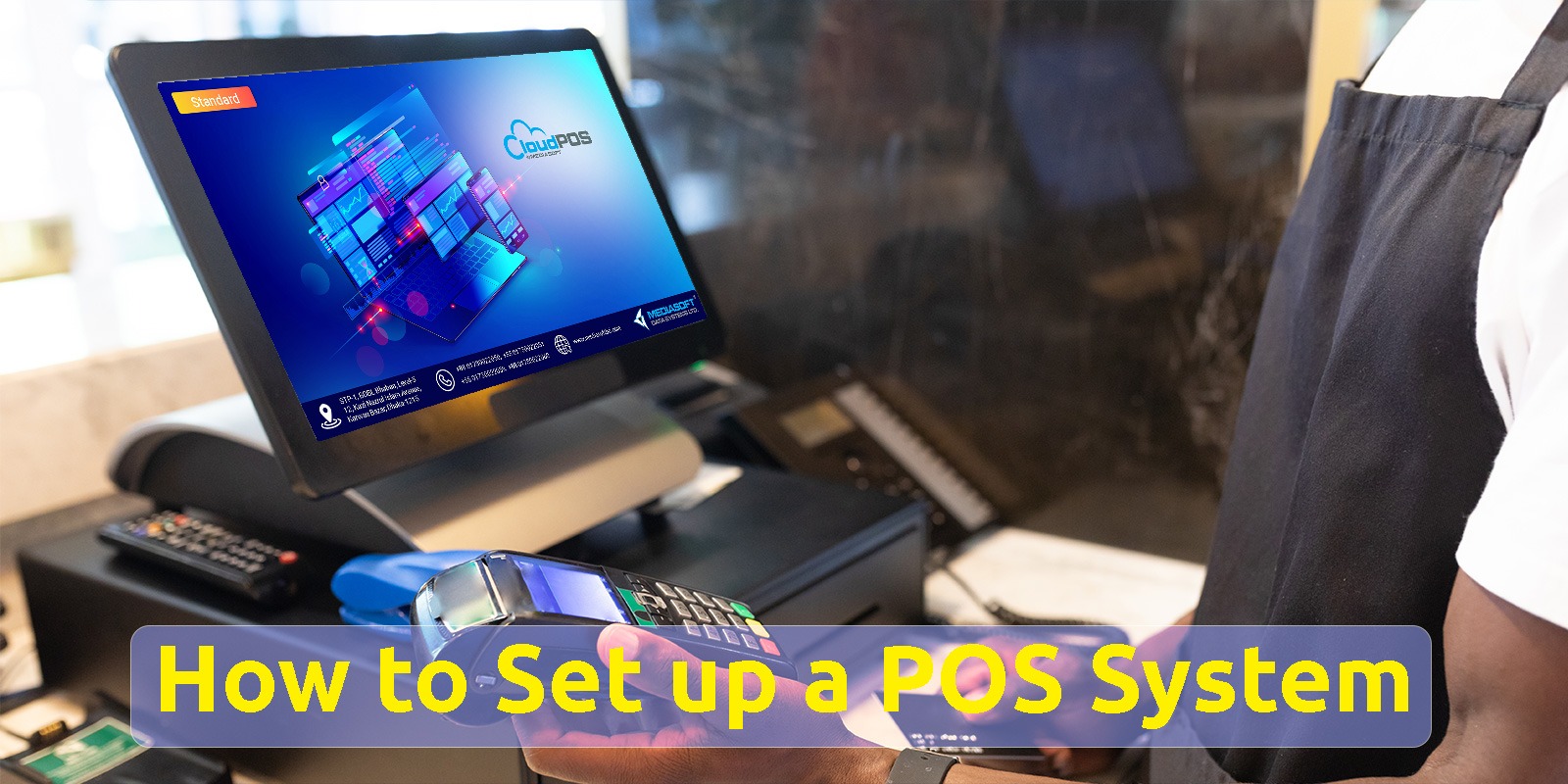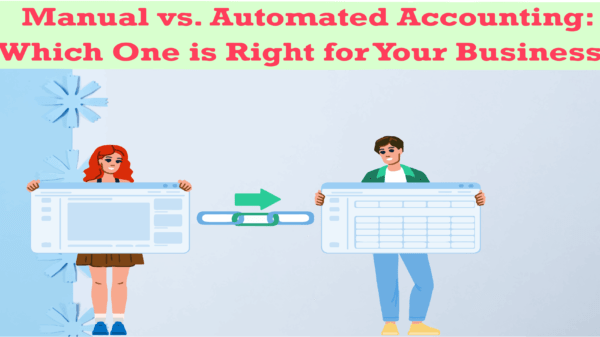Setting up a POS system is essential for retailers. It’s not just about processing sales; it’s about managing inventory, analyzing data, and providing customer service. This guide will help you navigate the process of setting up your POS system to ensure it’s effective. From choosing the right solution to configuring it for your business needs, let’s dive into the step-by-step process of getting your Point of Sale software up and running.
1. Choose the Right POS Solution Provider
Before anything else, you need to choose the right POS solution provider. This is a crucial decision that will impact your business operations for years to come. Look for a provider that offers a comprehensive solution tailored to your specific needs. Consider factors such as functionality, ease of use, customer support, and scalability.
2. Define Your Store Setup
The next step is to define your store setup. Consider the layout of your store, the number of checkout terminals you’ll need, and the types of payments you’ll accept. This will help you determine the hardware and software requirements for your POS system.
3. Installation and Configuration
At First Decide Who Will Set Up Your POS:
Depending on your store’s complexity and your technical expertise, you have several options for setting up your POS system:
DIY Route: If your setup is simple, you can set up the system yourself by following provided guides or tutorials. The “do it yourself” route is recommended for single-store retailers who have short and clear-cut workflows.
Vendor Assistance: For more complex setups or multiple stores, seek assistance from your POS vendor. They often offer on-boarding services, including training, data migration, and configuration.
Professional Installation: Alternatively, you can hire a retail tech expert to handle the setup and provide training for you and your team.
Once you’ve chosen a provider and defined your store setup, it’s time to install and configure your POS system. This typically involves the following steps:
Setting up Your POS Account: This includes entering your business details, adding staff members, and configuring your settings.
Setting up Hardware: Depending on your setup, you’ll need to install POS hardware such as terminals, printers, and scanners. Make sure everything is connected properly and functioning correctly.
Customization: Some POS systems offer customization options to fit your specific business needs. Take advantage of these features to tailor your POS system to your requirements.

4. How to Set up a POS System: Step-by-Step
a. Launch the Software and Log In: Access your POS software through a web browser or app. Enter your business details to configure your account.
b. Enter or Upload Your Products: Add your inventory to the system manually or by bulk upload using a CSV file. Include product details such as name, SKU, price, and description.
c. Set up User Accounts: Create user accounts for different roles (admins, managers, cashiers) and assign appropriate permissions.
d. Set up Your Hardware: Install and connect your hardware devices, such as payment terminals, cash drawers, and receipt printers.
e. Set up Your Payments: Configure your POS system to recognize your payment processor and add payment types.
5. Integration with Other Systems
Your POS system doesn’t operate in isolation. It needs to integrate seamlessly with other systems such as accounting software, inventory management systems, and ecommerce platforms. Make sure your POS provider offers integration options and support to streamline your business operations.
6. Training and Support
Once your POS system is set up, it’s essential to train your staff on how to use it effectively. Many POS providers offer training and support services to help you get started. Take advantage of these resources to ensure your staff is comfortable with the new system.
7. Ongoing Maintenance and After Sale Support
Setting up your POS system is just the beginning. It’s essential to have a plan for ongoing maintenance and support. Regular updates, troubleshooting, and technical support are crucial to keep your POS system running smoothly.
Conclusion
A well-configured POS system is essential for the success of any retail business. By following these steps and working with the right POS solution provider, you can ensure that your Point of Sale software is up and running smoothly, helping you streamline operations, improve efficiency, and ultimately grow your business.












